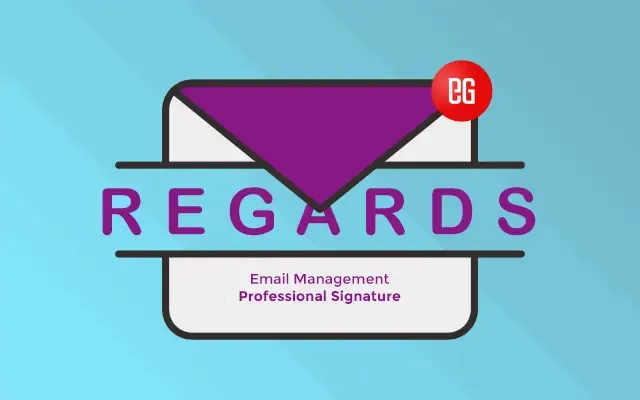Key Components of a Professional Email Signature
email-setupA professional email signature is a personalized block of text that appears at the end of an email. It typically includes your name, job title, company name, contact information, and sometimes additional elements such as a logo or social media links.
Making a Professional Email Signature
Here are some key components of a professional email signature:
Introduce Yourself
Full Name: Include your first and last name.
Job Title: Clearly state your current job title or position.
Company Name: Mention the name of the company you work for.
Contact Information:
Email Address: Use the email address associated with your professional identity.
Phone Number: Provide a phone number where you can be easily reached.
Physical Address (optional): Include your office address if necessary.
Website and Social Media Links: Include links to your company website or relevant social media profiles (LinkedIn, Twitter, etc.).
Optional
Professional Photo (optional): Consider adding a professional photo to personalize your signature.
Logo (optional): If applicable, include your company logo for brand consistency.
Disclaimer (if required): Some organizations include a legal disclaimer in their email signatures.
Call to Action (optional): You can add a call to action, such as a link to your calendar for scheduling meetings or an upcoming event.
Consistency. Keep the formatting and style consistent with your company's branding guidelines.
Mobile-Friendly. Ensure that your signature is mobile-friendly and looks good on various devices.
Putting it all together, a simple example of a professional email signature might look like this:
John Doe
Marketing Coordinator
ABC Marketing Solutions
Email: john.doe@email.com
Phone: +1 (555) 123-4567
LinkedIn: [Linkedin Profile]
Twitter: [Twitter Profile]
[Company Logo]
Remember to customize it according to your personal and company details!
Keep your email signature clean, professional, and not overly cluttered.
It should provide essential information without overwhelming the recipient. It's also a good practice to test your email signature in different email clients to ensure that it appears as intended.


